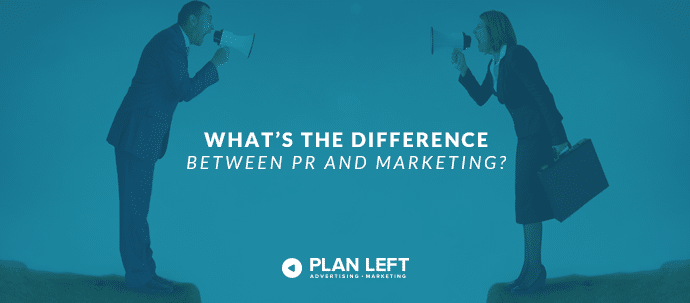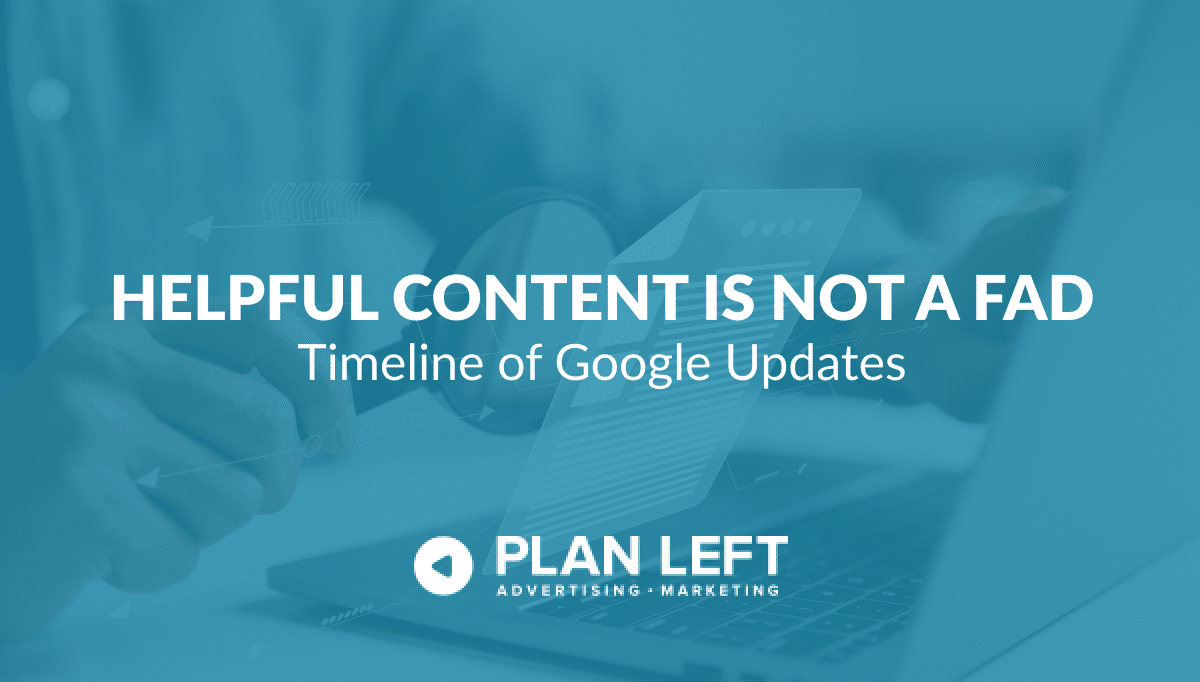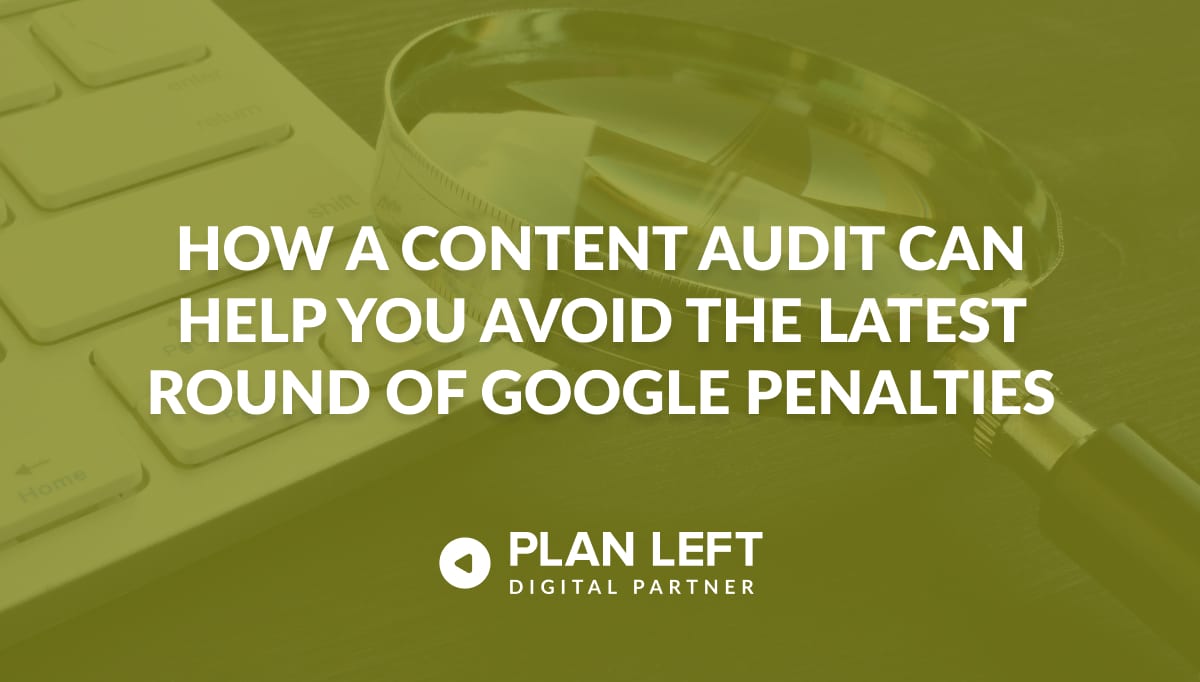
Well, nowadays, the answer is not much.
With the addition (and dominance) of social media in recent years, the lines between these two formerly cut-and-dried disciplines have been blurred.
The main functions of PR (reputation management and outreach to clients, media and the community) can be instituted on social media as easily as marketing can be. In fact, many brands use social media to combine their marketing and PR efforts in inventive ways.
There are still questions, however, about the exact definitions of PR and marketing and how they differ.
So let’s step back and examine these two aspects of brand management and how they function independently of one another.
Public Relations is Broad; Marketing is Specific
The power of public opinion has been recognized and respected for centuries.
As such, public relations has played a role in advertising and brand management since the time of Benjamin Franklin.
Public relations hinges on creating and presenting a favorable image of a company to the public—a public that includes shareholders, current and potential clients, affiliates, colleagues, partners, and the community at large.
A favorable public image is beneficial for a company in a number of ways, helping provide a cushion in case of a public crisis and increasing shareholders’ confidence in their investment during times of transition or change.
It is also important in terms of simple public consciousness. Getting your name, logo and brand attributes out among the public helps establish a “stickier” public identity.
By contrast, marketing is much more specific.
Marketing often relies on particular campaigns, ideas and methods to present a product or service to a particular audience.
This audience has been researched and hypothesized about.
Most likely, money has been spent to gain access to information about its habits, whether in the form of a focus group, a poll, a survey, or ethnographic research.
As such, the simplified, singular goal of marketing is to attract the right customer and convince them to make a purchase. This differs from public relations, where the audience is much wider and the end goal is not to generate revenue, but to bolster public opinion of a brand.
Traditionally, Marketing is Proactive, PR is Reactive
Beginning in the early 1980s, PR firms popularized what is known as “crisis management” services, or media campaigns that help a brand recover the public’s confidence and regard after a brand disaster or faux pas.
Even today, public relations can feel synonymous with crisis management.
- Remember the JetBlue shutdown in 2007 when an ice storm hit?
- Remember Tylenol’s poisoned-capsule nightmare in the early ‘80s?
- How about the Red Cross’s questionable tweeting in 2011?
All of these brand crises (some worse than others, of course) demanded careful public relations expertise if the companies wanted to survive.
And because of the efforts of visionary public relations experts, each one was able to.
Marketing, by contrast, is not a reaction to a crisis or change.
It’s more proactive, taking the first step to introduce a particular product or service to a particular audience. It exists to directly impact a company’s revenue and financial standing.
Marketing is Generally Paid for; PR is Not
Marketing generally has an advertising budget behind it, while PR exists more in “earned” spaces.
Consider how press releases are sent out to newspapers or online publications, and are published according to the publication’s own preferences. This is beyond the control of the company issuing the press release, but if the publication chooses to move forward with printing it, it’s free of charge.
Third-party vetting can be beneficial for a company, but the publication has the power over how and where they disseminate a company’s message.
Marketing is much different.
Because it exists to bolster revenue, marketing commands a monetary investment.
Where Does PR and Marketing Meet?
The simplest answer? Social media.
Companies can use their social media platforms to tease new products, announce new services, provide marketing materials and sell things.
In fact, it’s arguably one of the most important elements of a good marketing effort.
Because it’s such a flexible tool, however, brands can (and do) also use social media for public relations.
How often have you seen a company address a brand crisis on their Twitter or Facebook?
How often have you heard of the importance of responding to negative comments on your brand’s social platforms?
The truth is, social media is one of the easiest ways to reach a large audience of people, often for free.
You can perform research, choose your audience, and disseminate your message quickly and effectively. It works for marketing and also for public relations.
In the 21st century, the crossroads of public relations and marketing is decidedly in the realm of social media.
How does your company intertwine social media and PR?
Explore Latest Posts
In 2011, Google first changed how content was written with the Panda Update by changing how keywords could be used ... read more
April 17, 2024
The latest Google algorithm changes have shaken the search marketing world. While the Google Spam update has finished, the Google ... read more
April 16, 2024
The latest Google Spam update ended 15 days after being rolled out, but the Google Core update is still in ... read more
April 12, 2024
MARKETING insights
Join the Thousands Who Receive Our Twice-Monthly Newsletter.
It's hard to keep up. Our newsletter is packed with buyer behavior insights, the latest marketing and technology updates, work/life balance tips, and—because we ❤️ our support staff—adorable pets looking for forever homes. Only twice per month. No clogged inboxes. You can't say no.




